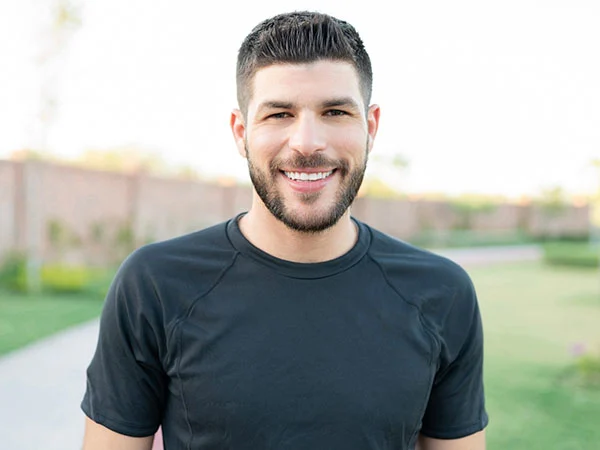
Substance Abuse and Addictions 101: What Every Personal Trainer Needs to Know
About the Course
In talking about substance abuse and addiction, I recognize the difficulty many trainers, and certainly clients, may have. While it is a difficult subject to address, the reality is that substance abuse and addiction rates in our society today are astronomical. Not only are these rates astronomical, but they pervade all aspects of society, including the fitness field. In thinking of most people's interpretation of the typical health club member, we tend to associate such an individual with health, missing the point that the typical member is, for the most part, aesthetically motivated. The health club environment itself provides a wide array of shortcuts for achieving the desired result. Simply looking at the labeling of many of the common weight loss supplements available, promising rapid weight loss in a very short time with no effort at all, provides an example of the type of thinking that motivates many people who join health clubs. In recognizing that this type of thinking provides a fertile ground for addictions and that many illicit substances are available in many health club environments, one realizes that the majority of fitness professionals have probably dealt with substance abusing clients without even recognizing it. Therefore, I have written this course with both novice and experienced fitness professionals in mind and have tried to organize the information in the most useful and applicable format possible. Whether you are a fitness professional who has some experience with addictions and substance abuse or you have no experience with this subject at all, this course has been written to be useful to you when working with the substance abusing client.
In the pages that follow, we will explore the various stages and forms of abuse and addiction, and I will give you the information necessary to recognize the signs of substance abuse. We will also explore the various cognitive, psychological, and behavioral changes associated with substance abuse. This information will guide you, the fitness professional, in designing a program for the substance abusing client and teach you to determine when and how to administer a substance abuse questionnaire, when and how to use collateral resources, and when and how to refer the client. We will also discuss the specific components of working with a substance abusing client on a daily basis, such as avoiding counter-transference, maintaining boundaries, and avoiding risks and contra-indications. Substance abusing clients, whether active or not, think, act, and perform differently than other people, and understanding this is absolutely necessary for anyone who wants to have an effective training relationship with them.
Substance abusing and recovering clients are an underserved population in the health and fitness community, yet they are among the people who can benefit the most from a safe and effective exercise program. Not only are they the fastest growing subset of the population, but they also have the lowest retention rates. What this means for the fitness professional is that there is a huge opportunity to effect change in a very large part of the population. Armed with the knowledge, skills, and abilities provided in this course, the fitness professional should be well equipped to not only work effectively with the substance abusing client, but also to have a significant impact on his or her life. As this course will demonstrate, self-esteem, personal responsibility, self worth, and accountability are all very closely linked to body image, and in many cases, a positive body image can play a pivotal role in the client's long-term sobriety.
Features online enrollment, online exam and instant grading as well as automatic certificate generation upon completion of course.
Please note: This CEU course is online only. There is no curriculum material shipped.






